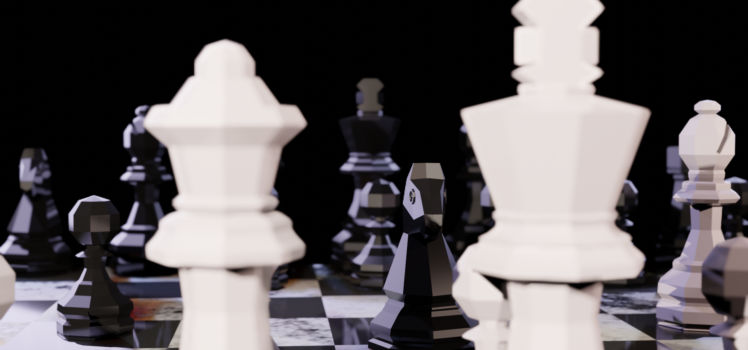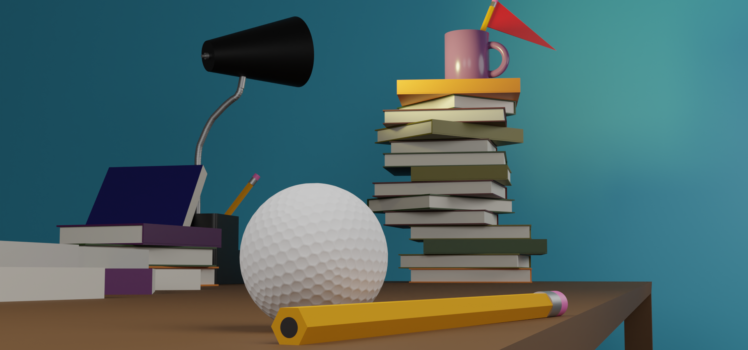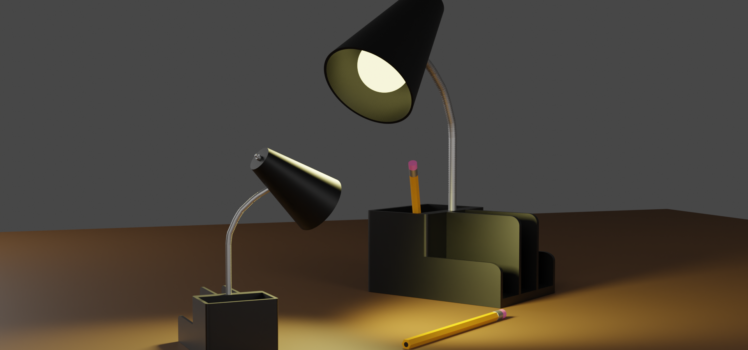I learned an important lesson: things move much faster when other people are helping.
Posts By Caleb J. Ross
The game-making lessons we learned are:
- Lack of exposition + personal artifacts = introspective environmental storytelling. Gamifying the mundane. Anywhere decisions can be made (ex: where to place physical items in a room) a game can be born. (Unpacking). Shout out to Ian Bogost’s “How to do Things with Video Games.”
- All characterization is with dialog, conversations with demons. Fiction writing rule: Dialog, not exposition, makes for the best characters. Show don't tell. This game is a reminder that mechanics alone don't need to bear the weight of a game alone; the "what a crazy character that is" appeal can support and, maybe even, still the show. (Shin Megami Tensei 5)
- Obligation is inherently less motivating than discovery. Obligation lacks personal investment. (Mass Effect 2)
The game-making lessons we learned are:
- Music both directs and enhances the mood. Chill must support a chill atmosphere but also it provides feedback to the player that this is a game (or section of a game) that should allow for chilling out. Lack of enemies alone doesn’t signify a conflict-free scenario. (Valheim)
- Pawns as a terrain generator. Live environment manipulation disguised as offensive actions. (Chess)
- Character movement is the most important part of games in which moving a character is central to the experience. Duh, right? I’ll be refining movement in my next game for a very long time before moving on. This means the environment and puzzles I create will be anticipating the good movement, rather than possibly having been built with sub-par (ie, only suitable) movement in mind. (NieR Replicant ver.1.22474487139…)
Reno 911 reminded me: “If you can’t get excited about your work, how can you expect anyone else to?”
I call this scene “Desk Golf.” My lamp model makes a comeback in this lesson! This time, it’s helping a golf ball reach the hole at the top of a stack of books. I cheated a bit by looking up a tutorial on how to make the golf ball. And somehow, even with the tutorial, I managed to mess up the golf ball. The dimple pattern is weird in some places. But, I have to remember that golf is weird in some places. Looks like I just turned this bug (ugly ball) into a feature (ugly ball...because golfers like it that way). Also, the transition from the cylindrical metal eraser ring on the pencil to the hexagon shape of the pencil is pretty jarring. I’m excited for future lessons where I might learn about ways to fix this. A few things I learned while making this that I can apply…
Always follow passion. Right now, I have a passion to learn more about 3D modeling. It sure doesn't hurt that I'm having a ton of fun doing it (Fun is the strongest direct motivator).
There are infinite ways to eat an apple. Some may be better than others, but that doesn’t mean you shouldn’t eat the apple.



